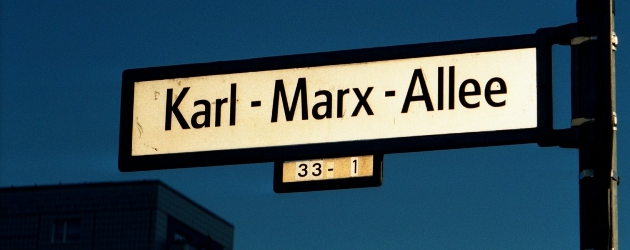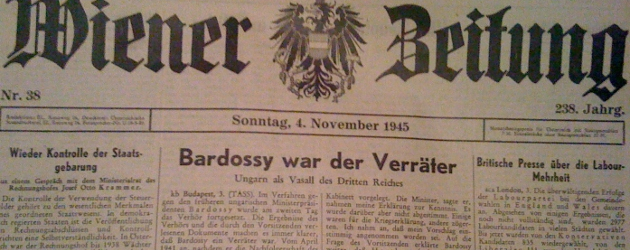Both English and German Wikipedia articles agree on the list of German chancellors during the Weimar Republic (although, if you look closely enough, they don’t necessarily agree on exact dates.) As I reviewed the list, I found myself surprised by the fact that I really only recognized the names of six of them. Here is the full list; the names that “rang a bell” for me are in bold.
- Philipp Scheidemann
- Gustav Bauer
- Hermann Müller
- Konstantin Fehrenbach
- Joseph Wirth
- Wilhelm Cuno
- Gustav Stresemann
- Wilhelm Marx
- Hans Luther
- Heinrich Brüning
- Franz von Papen
- Kurt von Schleicher
- Adolf Hitler
And of those six that I recognized, only three of them came to mind as Weimar era chancellors. Von Papen came to mind because of his role in “negotiating” with Austria leading up to the Anschluss; frankly, I’d forgotten that he was chancellor. Von Schleicher came to mind because I recalled that he was murdered during the so-called “Night of the Long Knives“. Hitler came to mind because … well, because he’s Hitler! I simply hadn’t thought of him as a “Weimar chancellor”, but technically he was (though you might notice that the English page linked-to above does not list him — it seems to me that it should for the period from his election in January 1933 until he unified the offices of Chancellor and President into “Führer” in August 1934.)
So what of the other three whom I actually recalled as being Weimar chancellors: Scheidemann, Stresemann and Brüning? Scheidemann no doubt came to mind because he was the one who proclaimed the German Republic:
Das deutsche Volk hat auf der ganzen Linie gesiegt. Das alte Morsche ist zusammengebrochen … Die Hohenzollern haben abgedankt! Es lebe die deutsche Republik!
(The German Volk has been completely victorious. The old rot has collapsed. … The Hohenzollerns have abdicated! Long live the German Republic!) [my translation]
I recalled Stresemann not primarily because of something he did during his chancellorship, but rather for his part as the vigorous negotiator for Germany in the talks that became the Dawes Plan.
As for Brüning, he came to mind simply as the last “serious” Weimar chancellor before everything, shall we say, went to hell.
And what of the ones whose names I did not even recognize? The one that strikes me as most depressing (for having not been remember by me, someone who pretends to know a thing or two about German history!) is Wilhelm Marx. The man served two terms for a total of more than 1100 days in office, fairly extraordinary for that time. How can I not have remembered him? As I review his English Wikipedia page, I see that it could be because Stresemann was still on the scene as his foreign minister during both of those terms. Stresemann was a very important international figure, perhaps so much so that his legacy outstrips that of his superior during those 1100+ days. Either that, or I was simply not paying attention in class!
Photo credits: The lead image for this article is a combination of three photos from the German Federal Archives which are made available under the Creative Commons Attribution Share-Alike 3.0 Germany license. In the photo are: Gustav Stresemann, Philipp Scheidemann and Gustav Bauer.











